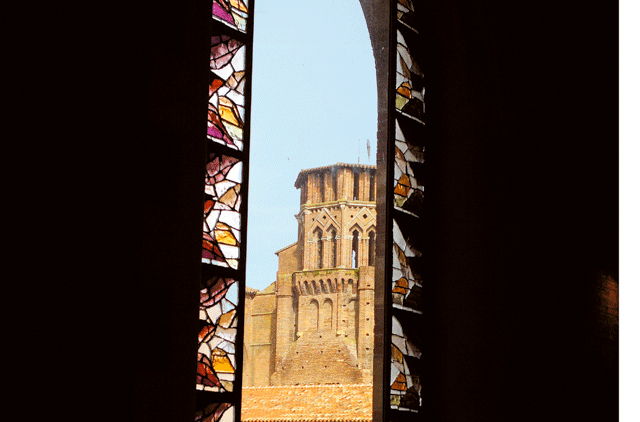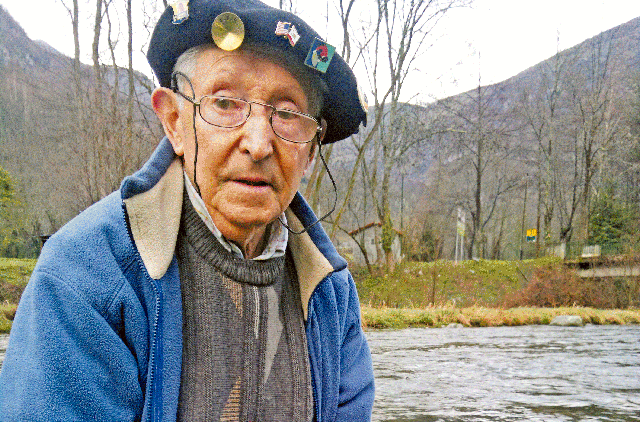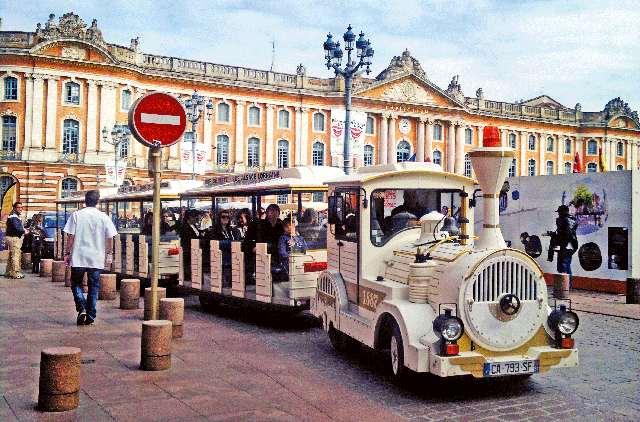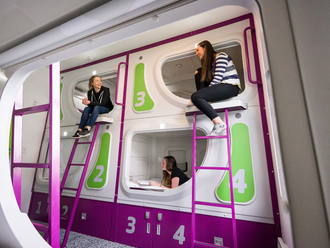The world does not have much time for tradition anymore. Examining it for fairness, scientific proof and general political correctness, we don’t continue doing things the way they were done for a 1,000 years. We now know better, we say.
But having dusted off tradition, we hold the past in great reverence. In Venice, for example, there is an entire charter for restoring old buildings. In India, centuries-old palaces have been turned into hotels, with furniture and artefacts meticulously sourced from the original makers to retain their charm. And in Doha, the restored Souq Waqif is central to arty high life.
As the search for authenticity cuts across sectors — from television to food — and austerity becomes a way of life in many parts of the world, instant gratification is passé.A revivalist holiday does not come with demarcated zones set aside for tourists. Instead, the visitor can immerse himself in daily routine, marvelling at history along with the locals.
This is in line with a broad trend for authenticity. Market researcher IPK International’s forecast for the travel show ITB Berlin predicted in December that in the medium term, more people are expected to turn their backs on artificial ‘travel worlds’ to seek authentic holiday destinations and experiences with more interaction with
local communities.In a presentation at the event, leisure and tourism researcher Professor Dr Felizitas Romeiss-Stracke, director of the German-based Platform for Tourism Architecture Platform, forecast that “physical experiences in authentic places” will become more important in the travel and tourism industry in future.
Authentic appeal
One such example of authenticity in the global village is the Midi-Pyrénées in France, where Jean-Yves Henrion, a regional guide conférencier, tells GN Focus, “There is a lot of effort to preserve and understand the past in this part of the world. Newness for its own sake is not interesting.”
The area’s biggest metropolitan city, Toulouse, is home to Airbus industries. Yet, all eight departments or districts — Ariège, Aveyron, Gers, Haute-Garonne, Hautes-Pyrénées, Lot, Tarn and Tarn-et-Garonne, most of them named after nearby rivers — are home to sites, practices and professions dating to prehistoric times.
In Toulouse, cobblestoned lanes leading to magnificent red-brick cathedrals and cloisters coexist with the Airbus factory.
All across the region, there are whispers about the Cathar past. In the 13th century, Toulouse was the base for French inquisitors to counter the influence of the ascetic movement, as fans of Dan Brown’s Da Vinci Code might know. Locals say the inquisition led to the region’s integration into France and the adoption of the French language.
Even today, street names in Toulouse are often also listed in Occitan, a Romance language native to the area and still spoken by the very old. The past is an integral part of modern life here. Today’s churches, cathedrals and cloisters may not be in religious use, but they are excellently preserved. Churches have organs and master organists and festivals of music.
Old trades revived
Ancient trades such as gold panning, cheese making, and tending to the wild black mountain horses that come down to the plains when it snows are all not only practised but encouraged. Everyone from the plumber to the chocolatier can be labelled artisan according to law.
“There are craftsmen in villages who showcase all the old crafts even today,” says Mado Goncalves, a spokesperson for Tourism Ariège Pyrénées.
A pastel revival effort is Toulouse’s nod to the plant responsible for its prosperity in the 16th century, when merchants selling the natural blue dye built mansions with tall towers. Many of these are on tourist routes today and you can buy cosmetics made using pastel in the city. A museum, spa, boutique and restaurant revival are all in
the planning.
Voltaire and graffiti
In nearby Ariège, tourists can walk into caves where the different eras of the past collide. In the Niaux cave, which is open to the public, graffiti dating back two centuries quotes Voltaire in beautiful cursive writing, while prehistoric drawings of animals such as bison, horses and deer show how early men may have worshipped nature.
“The whole experience of walking about 800m through the dark caves to reach the ones with drawings takes you back 14,000 years, even if unlike the men and women then, you are wearing shoes and a headlamp,” Henrion says, guiding GN Focus during a press trip preceding Atout France’s recently organised annual trade show Rendez-Vous en France.
Nearby, at the 13-hectare Parc de la Préhistoire or prehistoric park, grown men happily play at being cavemen. Philippe Jugie, Director of Tourism Ariège Pyrénées, says his colleagues have mastered the art of lighting fire with flint and wood, even as one of them demonstrates how to cut a slice off the stone striking so efficiently as to create a blade or a pointed tool in one go. Taking the visitor through masterfully recreated caves, he tells us of a nearby cave where one can still see the footsteps of children – can we call them cave-children?
The most charming part of being on a revivalist tour is that this is no hothouse tourism. The locals are as fascinated by their discoveries as you may be — to the point of talking about strangely pointed clogs which are said to have been made by a shepherd to carry the heads of his faithless fiancée and her lover.
You can get to Toulouse-Blagnac airport from most European destinations. You could go via Paris or via Amsterdam. Within the city, the metro is a great option. You can get across the rest of the region by car or train.
















